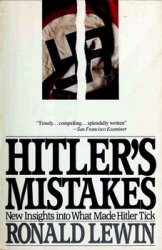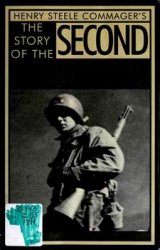The anthropologist Julian Steward coined the concept of the ‘direct historical approach’ and called for its practice to unite archaeology and anthropology over 50 years ago (although some researchers in North America, Mexico, and Europe were linking past societies with present ones much earlier). Basically, this approach implies that the reconstruction of past societies represented in the archaeological record can be facilitated through ethnographically observed behavior in modern cultures. The scholar must work from the known to the unknown, taking cultural elements back in time to their archaeological beginnings to examine prehistoric human behavior. This is done preferably with identifiable peoples and cultures in the past to make these links with their historic and ethnographic descendants. The approach of ‘upstreaming’, or starting with the ethnographic and reaching to ancient times is more common than the opposing ‘downstreaming’, but the latter is appearing more and more in the literature.
Importantly, in this view, more secure connections are made between a historical-ethnographic group and its archaeological antecedents for convincing reconstructions of the past. Importantly, solid chronologies and identifications of past and present cultures are necessary for the direct historical approach to work. A historical connection has to be demonstrated for the application of present conditions to the past to be believable. This connection is frequently impossible to make, however. Subsequently, simple or only a few analogies can be attempted between cultures that occupied the same geographic, had a similar economy, or were organized under like political structures. The continuity of behaviors between the past and present also has to be assumed, or, better yet, demonstrated. In the end, archaeologists are just creating analogies and comparisons from the present to the past, and some are more convincing than others with regard to the quality of the data and interpretations.
The majority of archaeological research that utilizes ethnohistory involves such a direct historical approach between related past and present people: cultural information, reconstructions of past behaviors, and interpretations of historic societies taken from the written record are applied to their archaeological counterparts. The importance of ethnohis-tory in creating analogies or directly reconstructing archaeological cultures is obvious in Mesoamerica (see Americas, Central: Postclassic Cultures of Meso-america). In this region, archaeologists have access to a vast number of colonizer accounts, documents written by indigenous people, church and government records, early ethnographies, and oral histories to inform them about archaeological cultures. For instance, ancient Aztec settlement patterns can be studied in conjunction with conquistador descriptions. Aztec religious rituals and material culture are better understood through priests’ records. Their past economic life, such as craft production and trade, can be illuminated by Aztec or Spanish tribute lists.
Some major historical sources of Mesoamerica, extensively mined by a large number of archaeologists for their rich indigenous cultural information, include the Florentine Codex, an extensive treatise of Mexican-Aztec culture of central Mexico compiled by the Friar Bernadino de Sahagun with the aid of indigenous informants, the Relation of the Things of Yucatan, a description of Yucatec Maya culture and history mostly attributed to Friar Diego de Landa and his informants, and the Relation of Michoacan, which is a detailed recounting of the rise and fall of Purepecha or Tarascan society in west Mexico as told by natives.
Aztec ritual artifact deposits in central Mexico have been correlated with historically described New Fire ceremonies in Sahagun’s manuscript, Classic Maya hieroglyphs and calendar chronologies from stone monuments are now well comprehended through Landa’s writings, and Tarascan burial practices and beliefs have been reconstructed by using the Relation of Michoacan. Texts created by the Maya themselves include the Popol Vuh, the Annals of the Cachiquels, and the Chilam Balam manuscripts.




 World History
World History









